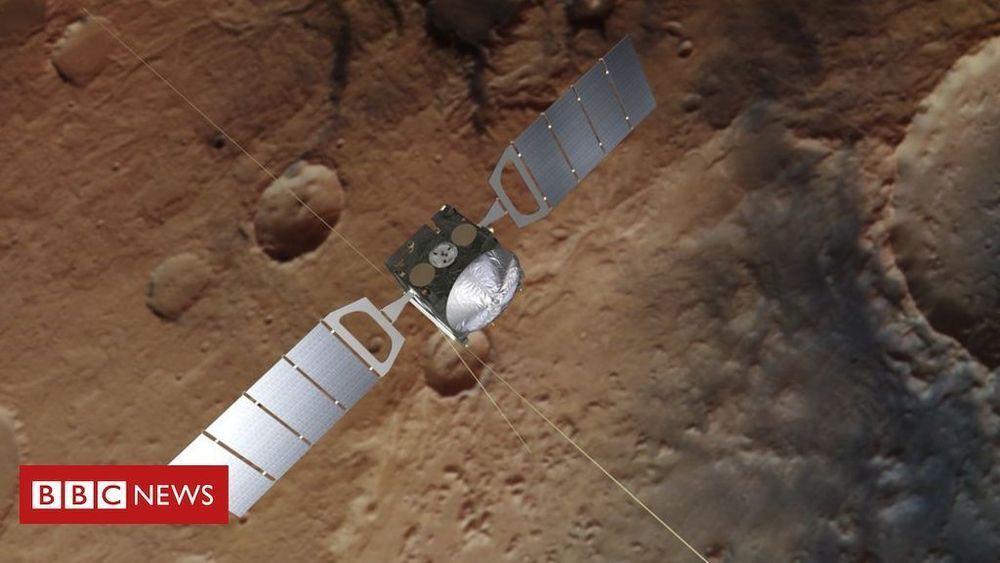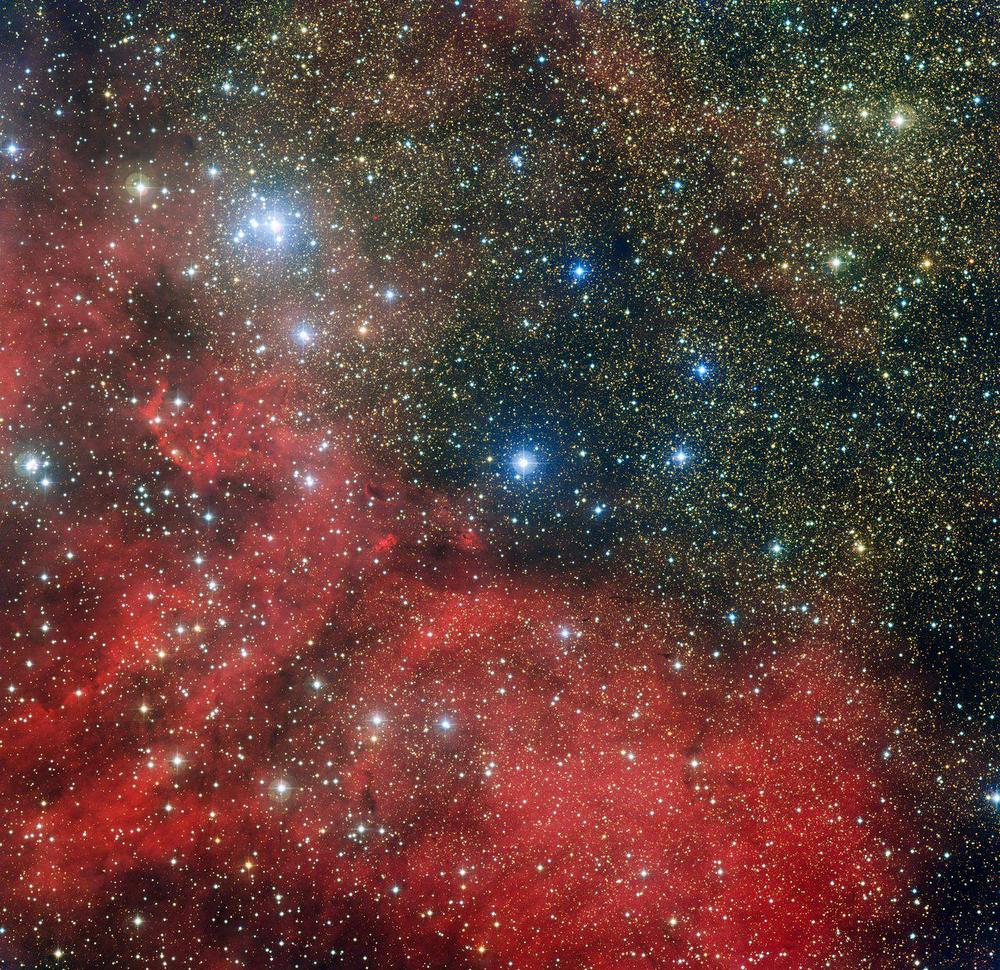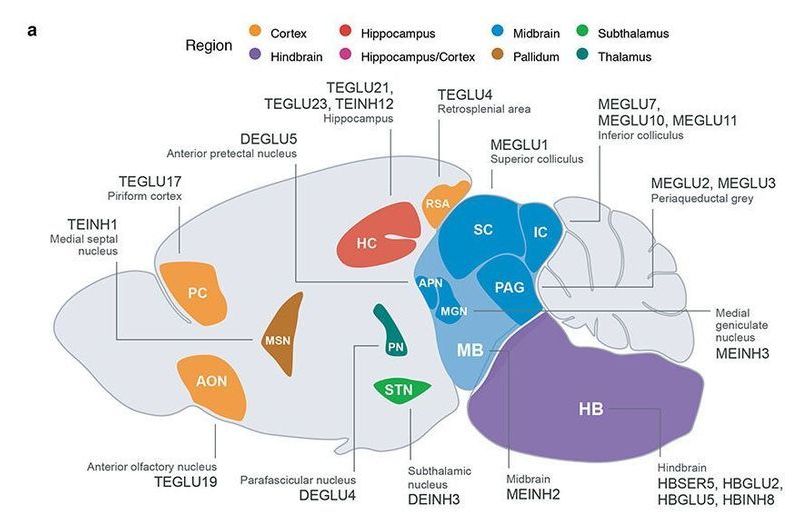Liquid water is vital for biology, so the finding will be of interest to researchers studying the potential for life elsewhere in the Solar System.
The underground lakes were detected in the Red Planet’s south polar region.

SpaceX Crew-1 Commander Mike Hopkins names the Crew Dragon capsule, that will launch him and three astronauts to the station, Resilience in honor of teams supporting the NASA Commercial Crew Program mission during 2020.
SpaceX and the Japan Aerospace Exploration Agency (JAXA) join NASA in giving an overview of the Crew-1 mission, the first crew rotational flight of a U.S. commercial spacecraft to the International Space Station. NASA astronauts Victor Glover, Mike Hopkins, and Shannon Walker will launch with JAXA astronaut Soichi Noguchi aboard the SpaceX Falcon 9 rocket out of Kennedy Space Center in Florida on Oct. 31 at 2:40 a.m. EDT.
At this year’s #MSIgnite we revealed how HoloLens 2 is helping build the NASA’s Orion Spacecraft, designed to return astronauts to the moon and pave the way for human exploration to Mars.
NASA Administrator Jim Bridenstine and leadership from NASA and SpaceX discuss the upcoming SpaceX Crew-1 mission, which will be the first crew rotational flight of a U.S. commercial spacecraft to the International Space Station. Astronauts Michael Hopkins, Victor Glover, and Shannon Walker of NASA and Soichi Noguchi of the Japan Aerospace Exploration Agency (JAXA) are targeted to launch on Oct. 31 at 2:40 a.m. EDT aboard the Crew Dragon from Launch Complex 39A at NASA’s Kennedy Space Center in Florida.




Some people are at higher risk of developing obesity because they possess genetic variants that affect how the brain processes sensory information and regulates feeding and behavior. The findings from scientists at the University of Copenhagen support a growing body of evidence that obesity is a disease whose roots are in the brain.
Over the past decade, scientists have identified hundreds of different genetic variants that increase a person’s risk of developing obesity. But a lot of work remains to understand how these variants translate into obesity. Now scientists at the University of Copenhagen have identified populations of cells in the body that play a role in the development of the disease—and they are all in the brain.
“Our results provide evidence that biological processes outside the traditional organs investigated in obesity research, such as fat cells, play a key role in human obesity,” says Associate Professor Tune H Pers from the Novo Nordisk Foundation Center for Basic Metabolic Research (CBMR), at the University of Copenhagen, who published his team’s findings in the internationally-recognized journal eLife.